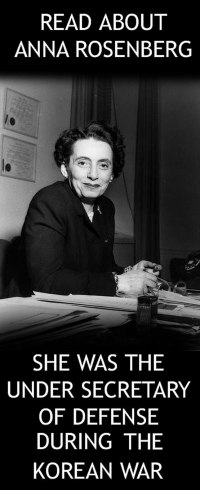On the 25th of June, 1950 ten divisions of the North Korean Army invaded South Korea. In its narrowest sense, the invasion marked the beginning of a civil war between peoples of a divided country. In a far larger sense, it represented a break in tensions between the two dominant power blocs that had emerged from the Second World War.
The invasion of South Korea could never have taken place without Moscow's blessing, and we learned later that there were other factors at play that lead to the decision - primarily Stalin's belief that a proxy war between East and West would force Mao's China to grow more reliant upon the military power of the USSR (the opposite occurred). However, President Truman interpreted the Communist invasion of South Korea to have been a prelude to a Soviet attack on Japan; Stalin and Kim Il-sung badly underestimated the American response. This article appeared on the newsstands two weeks after the hostilities commenced and serves to summarize the events in Washington and at the United Nations. Within the first twelve hours of the war President Truman committed U.S. air and naval forces to the defense of South Korea and signed a bill to widen the draft pool. Apprehension soon spread that a Soviet invasion of the American West Coast was a possibility; assorted U.S. cities re-instituted their civil defense organizations and some measure of comfort was found in the fact that an H-Bomb could be manufactured within a year.
James Reston, the Washington correspondent for the New York Times, wrote:
"The decision to meet the Communist challenge in Korea has
produced a transformation in the spirit of the United States
Government. . . . There have been some differences in the
last seventy-two hours over how to react to the Communist
invasion, but . . . these differences have apparently been
swept away by the general conviction that the dangers of
inaction were greater than the dangers of the bold action
taken by the President."
The possibility of W.W. III was very much on the minds of Americans during the summer of 1950; by September an article appeared in print forecasting how such a contest might begin - click here to read it.
Click here to read about the draft dodgers of the Korean War.
Click here to read about the expanded roll that the U.S. Navy played during the Korean War.
